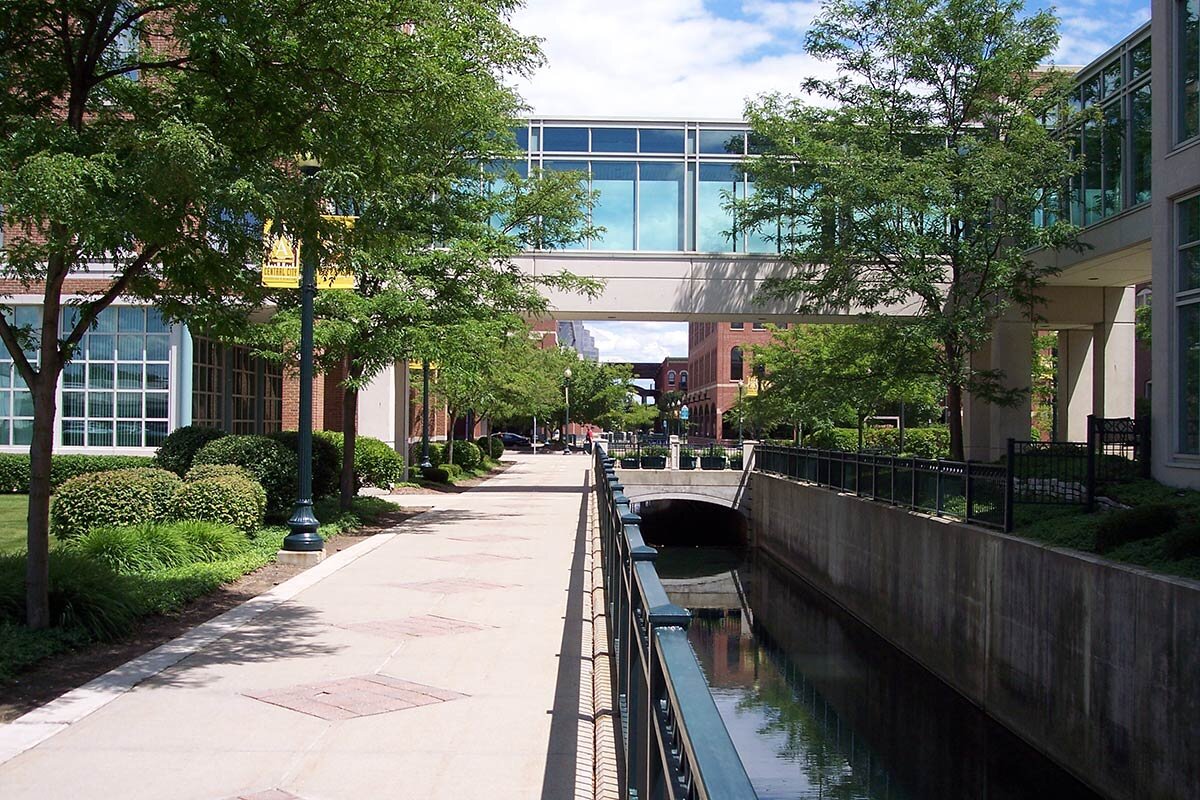Green Systems
“Going green” is more than a catchy recycling phrase— it’s what our entire business is built around. We utilize green infrastructure, which uses green systems to filter and absorb stormwater where it falls (learn more about this here). Green systems are nature-based solutions for urban water management, and these systems can be a number of different things.
Green systems are important because they substantially reduce the overall amount of water entering storm sewers and waterways, reducing the impacts of flooding. Reducing the amount of water in storm sewers and waterways helps lessen the damage to public infrastructure and private and public property. This helps with property values and tax revenues associated with flood-affected regions.
Here are four examples of what green systems are and how they work:
Rain Gardens
Rain gardens absorb rainwater from flat surfaces, such as parking lots, rooftops, and walkways. These gardens consist of soils and plants that thrive in wet conditions and are able to hold the stormwater before gradually releasing it into the ground. Not only are rain gardens relatively easy to install, they also add the beauty of nature to predominantly metropolitan areas. According to Spur News, rain gardens are “effective at removing pollutants from stormwater, improving stormwater quality and reducing stormwater runoff volume.”
Flow-Through Planter
Flow-through planters slow the flow of stormwater, filtering it first through vegetation, plant growth medium, and gravel. You have likely passed by these on a sidewalk in a citified downtown area. These planters do not send the water back into the ground instead, they rely on the plants to absorb the rain.
Green Parking Lot
Parking lots have great potential for the use of multiple green systems. Parking lots can use permeable pavement, which infiltrates, treats, and stores rainwater as it falls. According to the EPA, these pavements can be made from pervious concrete, porous asphalt, or permeable interlocking pavers. Parking lots can also take advantage of rain gardens and bioswales (areas of mulch and vegetation) to incorporate green infrastructure in their design.
Downspout Disconnection
You’ve likely walked by a downspout disconnection without even realizing it. Rather than utilizing traditional draining pipes that direct water into a storm sewer, downspouts drain rain into barrels, cisterns, or permeable areas (these areas typically have pebbles or gravel to filter water through before reaching the soil). This type of green system is especially effective for rainwater harvesting.
Fortunately, when it comes to green systems, there are countless to choose from depending on the needs and capabilities of an outdoor space. By implementing green systems and green infrastructure, we can aid the long-term success of our communities. If you’re interested in learning more, take a look at our full portfolio to see how OCBA builds green infrastructure in West Michigan.


